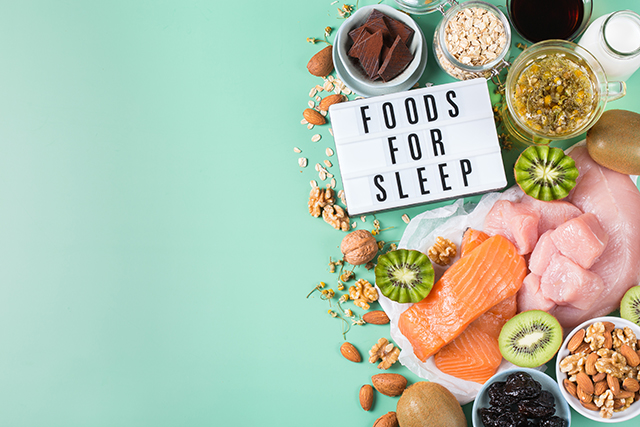Everything you need to know about GI
Search the GI database
Search our comprehensive database of GI tested foods. Complete with data for Glycemic Index, Glycemic Load, serving size, direct references to the studies used to CALCULATE the VALUES, and more!
The latest in GI news
Our monthly newsletter and blog will keep you up to date with everything that is going on behind the scenes in GI research as well as PROVIDING PRACTICAL tips to HELP YOU ENJOY A HEALTHY LOW GI DIET.
World class research
We are the home of Sydney University Glycemic Index Research Service (SUGiRS). We are an established commercial GI testing laboratory, where we test foods for their glycemic index, insulin index, satiety response, and other metabolic parameters. We also do other analyses such as in vitro starch digestion assays. SUGiRS has an established reputation for quality, speed and flexibility.

Join our Newsletter
Never miss a beat with the GI monthly newsletter.
Latest news
MAY 2025 GI NEWS
GI News is published online by the University of Sydney, School of Life and Environmental Sciences and the Charles Perkins Centre, and delivered to the mailboxes of our ~100,000 subscribers. Our goal is to help people choose the high-quality carbs that are digested at a rate that our bodies can comfortably accommodate and to share…
CAN A NIGHT-CAP CONTAINING CARBOHYDRATES IMPROVE SLEEP?
I first became aware of the connection between carbohydrates and sleep when a dietitian colleague at the University of Sydney, Dr Helen O’Connor, published a paper in the American Journal of Clinical Nutrition in 2007 (1). I have always had trouble falling asleep whenever I am stressed. It started with exams as a teenager and…
Continue Reading CAN A NIGHT-CAP CONTAINING CARBOHYDRATES IMPROVE SLEEP?
CARBOHYDRATE QUALITY AND SLEEP PATTERNS
The quality of the carbohydrate you eat and drink may affect your sleep, according to the findings of a new study. There is increasing evidence suggesting an association between sleep and dietary habits. In this study, Chinese researchers aimed to explore the relationship between carbohydrate (dietary fibre, starches and sugars) consumption and sleep. The researchers…
SLEEP AND DIABETES
Insufficient sleep, either poor quality, timing, or duration, are known to negatively affect blood glucose metabolism. Therefore, it should come as no surprise that the amount of time spent sleeping as well as the quality of sleep are associated with the risk of developing type 2 diabetes and also diabetes management in people with existing…
SLEEP AND CARDIOMETABOLIC HEALTH
On average, we spend nearly 1/3rd of our lives asleep and as we all know, if we don’t get enough quality sleep, we can feel fatigued, irritable, experience mood changes, find it difficult to concentrate, and/or find it difficult to remember. In addition to these short-term feelings, poor sleep can increase the risk of developing…
FOODS AND DRINKS TO HELP YOU SLEEP
As discussed in this month’s editions of Food for Thought and Good Carbs Food Facts, the amino acid tryptophan is a precursor of the hormone serotonin, which is sleep-inducing. High-carbohydrate foods increase insulin, enhancing tryptophan uptake by the brain. In this month’s shopper’s guide, we look at a range of foods that are high in…
DOES MALTED MILK AT BEDTIME HELP YOU SLEEP?
Many people struggle to get a good night’s sleep. The idea that the food we eat might help our journey into the land of nod is not new and there is research exploring this possibility. Milk before bedtime is a long-held natural remedy for better sleep. Scientific study suggests high quality carbohydrates and low glycemic…
Continue Reading DOES MALTED MILK AT BEDTIME HELP YOU SLEEP?
THE GOOD CARBS KITCHEN
BERRY AND MANGO FROZEN YOGHURT 0:05 Prep • 8:00 freeze • 4 Servings • Dessert• Everyday INGREDIENTS 1½ cups fresh berries of your choice (or use frozen berries) 1 sweet ripe mango, peeled and chopped (or 1 cup frozen) ¾ cup sweetened plain or fruit-flavoured yoghurt 2 cups chopped fresh seasonal fruit, optional, to serve…










